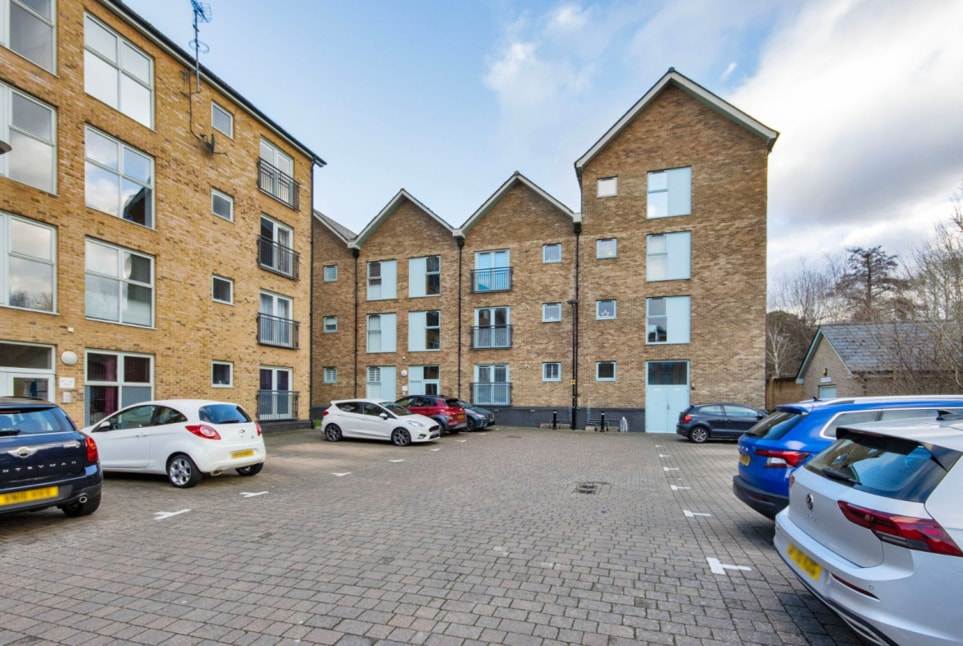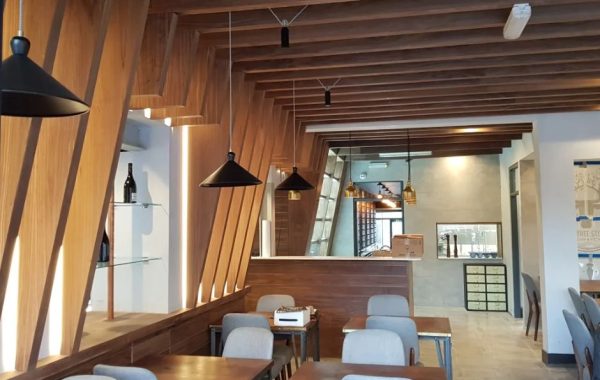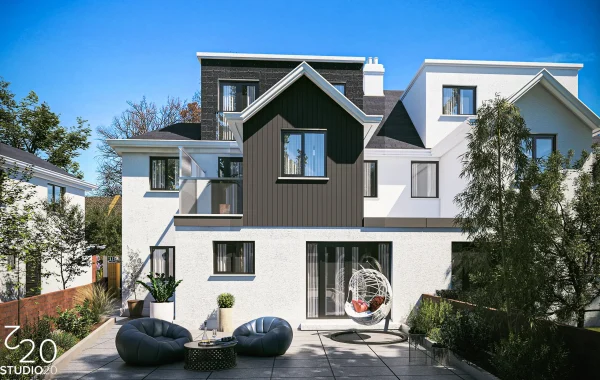Dartford Darenth Change of Use: Breathing New Life Into Forgotten Spaces
In a quiet bend of the River Darent, where time feels slower and the Kent countryside rolls on like a forgotten painting, Dartford Darenth lives in the shadow of rapid change. Once a cluster of agricultural hamlets and flint-built cottages, Darenth is now finding itself at the centre of a silent revolution: the transformative power of change of use planning.
 Beyond Bricks and Mortar: Why Change of Use Matters in Darenth
Beyond Bricks and Mortar: Why Change of Use Matters in Darenth
Unlike high-street regeneration in larger towns, Darenth’s change of use applications are more intimate, more personal. It’s the story of a barn becoming a yoga studio, of a disused stable transforming into a co-working hub, of former pubs evolving into bespoke residential homes with character retained and futures reimagined.
Here, change of use isn’t just about planning permissions—it’s a narrative tool, reshaping how communities live, work, and grow.
 Understanding Planning Context in Darenth
Understanding Planning Context in Darenth
Dartford Borough Council governs planning applications in Darenth, including Class MA (commercial to residential), Class Q (agricultural to residential), and bespoke sui generis uses for unique ventures. While rural protections exist due to the area’s character, flexibility is increasing, especially post-COVID as usage patterns shift.
Key considerations include:
Impact on local character (Conservation Areas, AONB)
Highway and parking implications
Noise, traffic, and access
Flood risk zones near the River Darent

 Real-World Examples: Darenth’s New Identities
Real-World Examples: Darenth’s New Identities



 What Makes Darenth Unique for Change of Use?
What Makes Darenth Unique for Change of Use?
Semi-rural demand boom: London leavers seek rural calm without losing connectivity (M25, Farningham Road Station).
Architectural diversity: Oast houses, barns, chapels, and flint cottages offer rich opportunities for unique conversions.
Supportive local narrative: Dartford Borough actively encourages brownfield regeneration and adaptive reuse.
 How to Apply: The Essentials
How to Apply: The Essentials
Check the Use Class – Understand what category your property currently falls into.
Engage with a Local Planner – Pre-application advice can be invaluable in a conservation-sensitive area.
Submit a Planning Application or Prior Approval Notice – Depending on class and impact.
Prepare Supporting Documentation – Transport statement, heritage assessment, noise impact surveys.

 The Future of Change in Darenth
The Future of Change in Darenth
As we look ahead, Darenth’s potential lies in hybrid living spaces, community-driven projects, and off-grid eco-homes — all made possible by the subtle magic of change of use. There’s growing interest in regenerative design, land rewilding with low-impact dwellings, and intergenerational co-living conversions.
The once sleepy village may not seek skyscrapers or shopping malls, but it’s undoubtedly becoming a quiet innovator in place-based, sustainable transformation.




 Beyond Bricks and Mortar: Why Change of Use Matters in Darenth
Beyond Bricks and Mortar: Why Change of Use Matters in Darenth Understanding Planning Context in Darenth
Understanding Planning Context in Darenth Real-World Examples: Darenth’s New Identities
Real-World Examples: Darenth’s New Identities What Makes Darenth Unique for Change of Use?
What Makes Darenth Unique for Change of Use? How to Apply: The Essentials
How to Apply: The Essentials The Future of Change in Darenth
The Future of Change in Darenth
